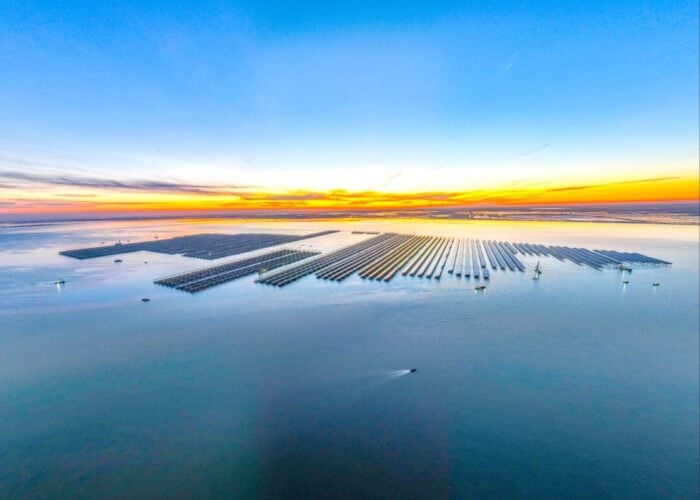
On 15 December, the second phase of the Huadian Tibet Caipeng PV-Storage Project was connected to the grid at 5,228 metres above sea level, making it the highest-altitude solar project to receive a grid connection.
Located in Naidong District, Shannan City, with an elevation between 5,046 meters and 5,228 meters, the project is a practical demonstration of the potential for the construction of new energy installations in alpine and high-altitude areas.
Try Premium for just $1
- Full premium access for the first month at only $1
- Converts to an annual rate after 30 days unless cancelled
- Cancel anytime during the trial period
Premium Benefits
- Expert industry analysis and interviews
- Digital access to PV Tech Power journal
- Exclusive event discounts
Or get the full Premium subscription right away
Or continue reading this article for free
The total installed capacity of the project is 150MW. The Hydropower Bureau Ninth Engineering Division of the China Power Construction Group (PowerChina) led building work, while the Kunming Engineering Corporation served the project’s general contractor.
Construction of the second phase of the project, with a total capacity of 100MW, commenced in August 2024. The project plans to use nearly 170,000 PV modules, and is equipped with a 20MW/80MWh grid-based storage system. It can generate a total of 80,000kWh of electricity continuously for four hours at night.
According to PowerChina, the second phase of the project uses bifacial PV modules that have a conversion efficiency up to 7.5% higher than other modules. This allows for the full use of ground-reflected light for power generation, enabling a 20% higher efficiency than that of traditional single-sided PV modules.
Located at an altitude of 5,100 meters, the first phase of the project was put into operation at the end of 2023. It has generated more than 60 million kWh of electricity, helping to alleviate the seasonal power shortage in the Shannan area.
The news follows PowerChina’s acquisition of 1GW of modules for a floating solar project in China, as the company looks to expand its portfolio into new environments.






